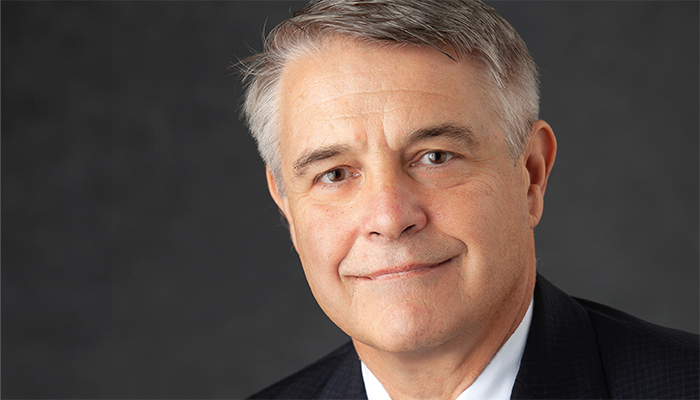
James Linder graduated from the University of Nebraska Medical Center (UNMC) and undertook pathology training at Duke University, Durham, before returning to UNMC to start his academic career in 1983. In the 20 years that followed, Linder took on leadership roles in anatomic and clinical pathology services, and various university administration positions – the latter including interim dean of medicine and president of the University of Nebraska System. His research in digital pathology and computer imaging also led to a business career. Linder currently resides as the CEO and Board Chair of Nebraska Medicine, the teaching hospital of the University.
Ivan Damjanov sat down with Linder to learn more about his innovative career and commitment to blending the biomedical industry with academics and philanthropy.
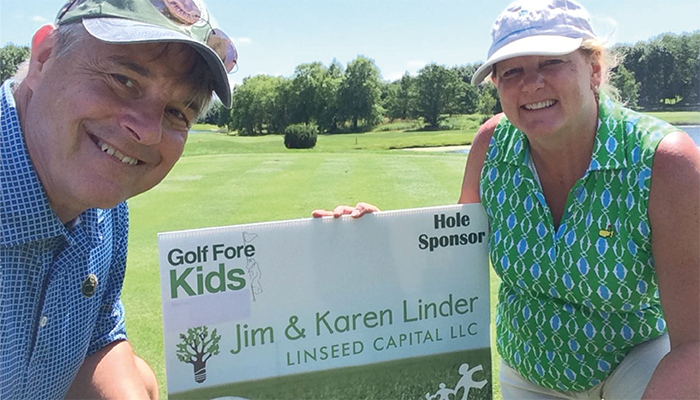
When you graduated from UNMC all those years ago, did you ever think that one day you’d become leader of the University and even CEO of a hospital?
My message to the residents, early, and mid-career pathologists is to realize that the greatest mystery in your career and life is what comes next. For me, leadership was not a goal, but like many of us I was asked to fix problems, which led to formal leadership roles. I was in a small department, so I held many roles. For instance, I was appointed residency director the day after finishing my residency in 1983. Though this is no longer allowed, it gave me the chance to meet national pathology leaders. If you are a problem solver who can work with others to find solutions, you may find yourself a leader.
Why pathology?
As a double major of biochemistry and microbiology, the lab was very appealing to me. My college roommate also had experience as a medical technologist and often bragged about pathology. I quickly became fascinated with the breadth of clinical cases pathologists see and the diversity of the role – no two days are the same, and I’m sure many others agree with this sentiment.
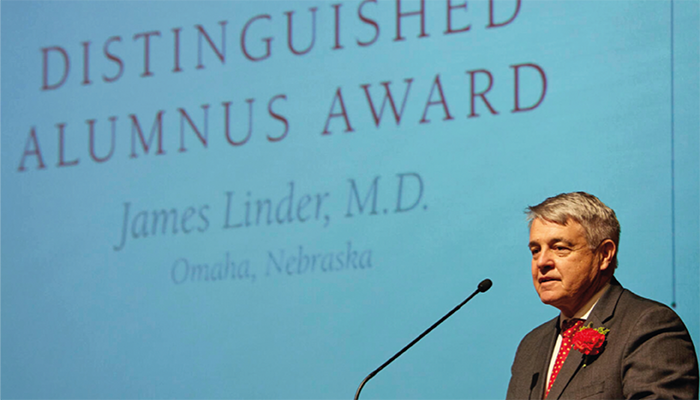
Who were your key mentors during your training years?
The faculty at Duke were excellent diagnostic pathologists, but I was lucky to have a broad range of mentors and role models – from the three uncles who raised me, to academic and business colleagues. Duke supported my travel to meetings such as USCAP, ASCP, and CAP if I had an abstract, which exposed me to prominent pathologists and shaped my academic direction. I cannot overemphasize the value of attending professional conferences and joining organizations – it creates a plethora of opportunities.
As a young professor, how did you manage to stand out amongst your peers at the same level of their academic careers?
I never viewed my peers as competition. As a resident, I set myself a goal of working on at least 30 publications before age 30, as that was the key for promotion. I made sure to embrace new technologies like immunohistochemistry and digital imaging. If I was starting again today, I’d focus on molecular diagnostics, imaging, and AI. Later in my career as Dean of Medicine, I was surprised at how many faculty members didn’t understand the requirements for promotion. For any early career academics, make sure you read your institution's “rule book” so you aren’t missing any opportunities.
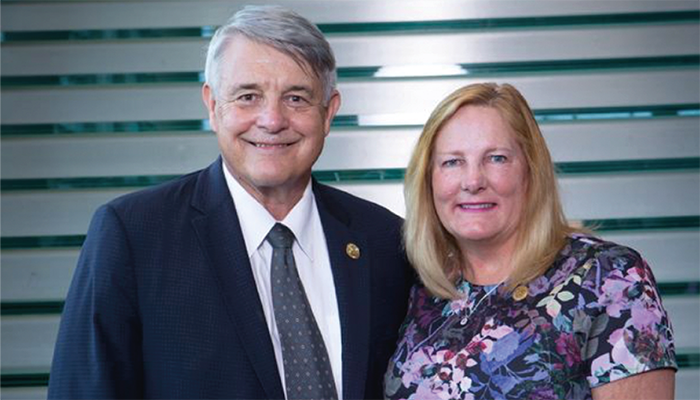
You chose to be an expert in cytopathology at an early stage – what drew you to this specialty?
I’m an accidental cytopathologist. I received excellent cytology training from William Johnston at Duke, who established the first cytology residency program in the US. When I joined the Nebraska faculty in 1983, none of the senior pathologists were trained in FNA or similar techniques, so I became the director of cytology on my first day. Later, a pulmonologist asked me to co-author a book on bronchoalveolar lavage cytology.
Additionally, my interest in using computer imaging to analyze cellular features and immunohistochemistry also aligned with cytology. My “expertise” was simply a series of fortunate opportunities rather than a passion for cytology. However, I believe practicing cytology is key in becoming a better surgical pathologist, and vice-versa.
In addition to your clinical duties, you have had many administrative roles. What led you to these positions?
It was a combination of enjoying the administrative tasks and also because it was a part of my job that needed to be completed. I have had 14 different administrative jobs at the University of Nebraska, ranging from residency director to university president. I joke that I have a short attention span, so I need to change jobs, but the reality is that different problems need solving at different levels. The advantage of being an administrative leader lies in shaping the future of your department and profession. I still greatly enjoy meeting with our pathologist residents and hearing their aspirations and concerns (AI holds a high place on this list).
My current role came about by agreeing to serve on the Nebraska Medicine Board, so when a CEO position became available, I was already there. The takeaway message here is always be open to new opportunities – you never know what’s hidden behind the corner!
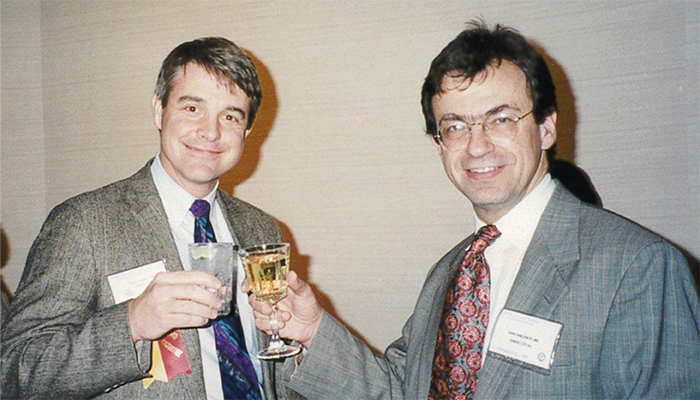
We received a lot of laudatory praise working together as co-authors on the 10th edition of Anderson’s Pathology – could you share the experience from your perspective?
Editing the book with you and the contributing authors remains a high point of my career. Of course, when your co-author David Purtilo sadly passed away, you were kind enough to bring me on as co-editor to honor his vision. I will forever appreciate that.
The project was a lot of work and we didn’t get much compensation for it, but I believe it was still a worthwhile endeavor. We created a book that blended anatomic pathology, clinical correlation, and new technologies. My only regret is that the consolidation of textbook publishers canceled future editions. Otherwise, we might be on the 20th edition or have created a Wikipedia equivalent of a pathology textbook.
Very soon after our collaboration, you became the youngest President of the American Society of Clinical Pathology – a historic achievement! Why did you decide to run for such a position?
I was active in the ASCP as a member of the new technology committee and co-editor of Pathology Patterns. I didn’t run for presidency, but was asked by the nominating committee to enter the presidential tract. I guess it was time for a Nebraskan to take the helm!
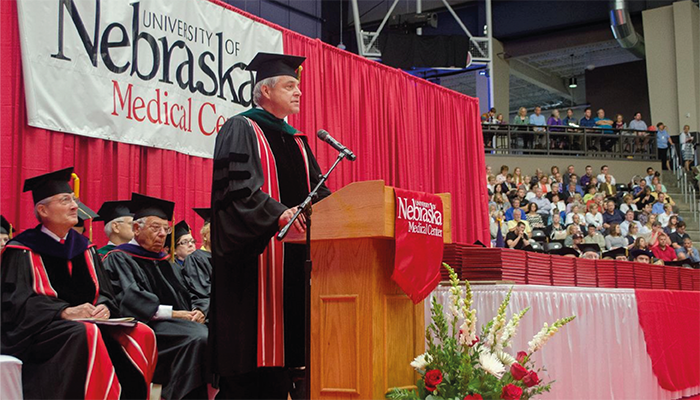
Can you tell us about your achievements as President of ASCP?
The most important accomplishment was changing the name from the American Society of Clinical Pathologists to the American Society of Clinical Pathology. This distinction recognizes our allied health colleagues as essential leaders of the organization and acknowledges their professional importance. Imagine trying to work as a pathologist without histotechnologists, medical technologists, and cytotechnologists – impossible! I urge your readers to please support and respect your colleagues in all departments and fields, everyday.
How did you become active in the biomedical industry – how valuable was your industry experience?
Steve Jobs once spoke at Stanford University commencement, saying “you can't connect the dots looking forward; you can only connect them looking backwards.” Simply put, you don’t know if something you do today will affect your future.
I previously mentioned the value in engaging with professional activities, such as conferences and meetings. In 1988, I joined the Hematology and Pathology Advisory Panel of the FDA. Back then I didn’t know that, years later, the panel would review new Pap testing technologies. The combination of my interests in digital pathology (before it grew in popularity), cytology, and my experience with the FDA led to an opportunity to join Cytyc in 1995. From here, I joined Roche Diagnostics after they acquired a digital hematology company we co-founded. My corporate experience spans over 15 years and has exposed me to great business minds while making me a better hospital leader. It’s been an MBA without the tuition!
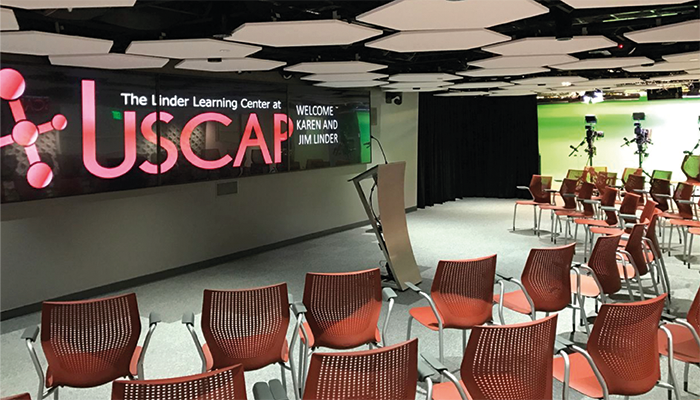
As an entrepreneur, you’ve also been involved in many start-up companies and served on boards of several for-profit organizations… How do you find the time to fit everything in?
In 2005, my wife Karen and I formed Linseed Capital to build the Nebraska start-up ecosystem – investing in early-stage companies to provide opportunities to entrepreneurs. Of these 46 companies, over half of them have succeeded, but, despite some failures, we’ve built gratifying relationships with hundreds of young entrepreneurs. With respect to time management, the key to simultaneously juggling different roles is to trust your colleagues and peers to do their jobs. Simply, hire the best people and stay out of their way!
You are well-known for your philanthropy and generosity in Nebraska – how would you summarize the importance of giving back to society?
I finished medical school debt-free because of scholarships donated by physicians who gave back to the University, which inspired me to do the same. Seeing the impact of your efforts in real-time is much better than having your estate give away money. I love supporting research for Iowa State University biochemistry students, which for some is their first experience in a lab. Mirroring my Duke experience, I make sure UNMC residents can attend professional meetings through our endowed chair for the pathology residency director.
Nursing is also a priority for me. Having seen my disabled mother struggle as a single parent, we fund nursing scholarships for students in similar situations. I remind myself how fortunate I've been, and I believe philanthropy makes things possible that otherwise wouldn't be.
Of your many achievements, which are you most proud of?
As a faculty member, training the next generation of medical students, residents, and fellows is at the top of the list. As an administrative leader, I always try to leave things in a better state than I found them.
I also have to mention the technology and clinical studies we did at Cytyc, which revolutionized Pap screening and reduced the death rate from cervical cancer. More birthdays for thousands of women… What could be better?




